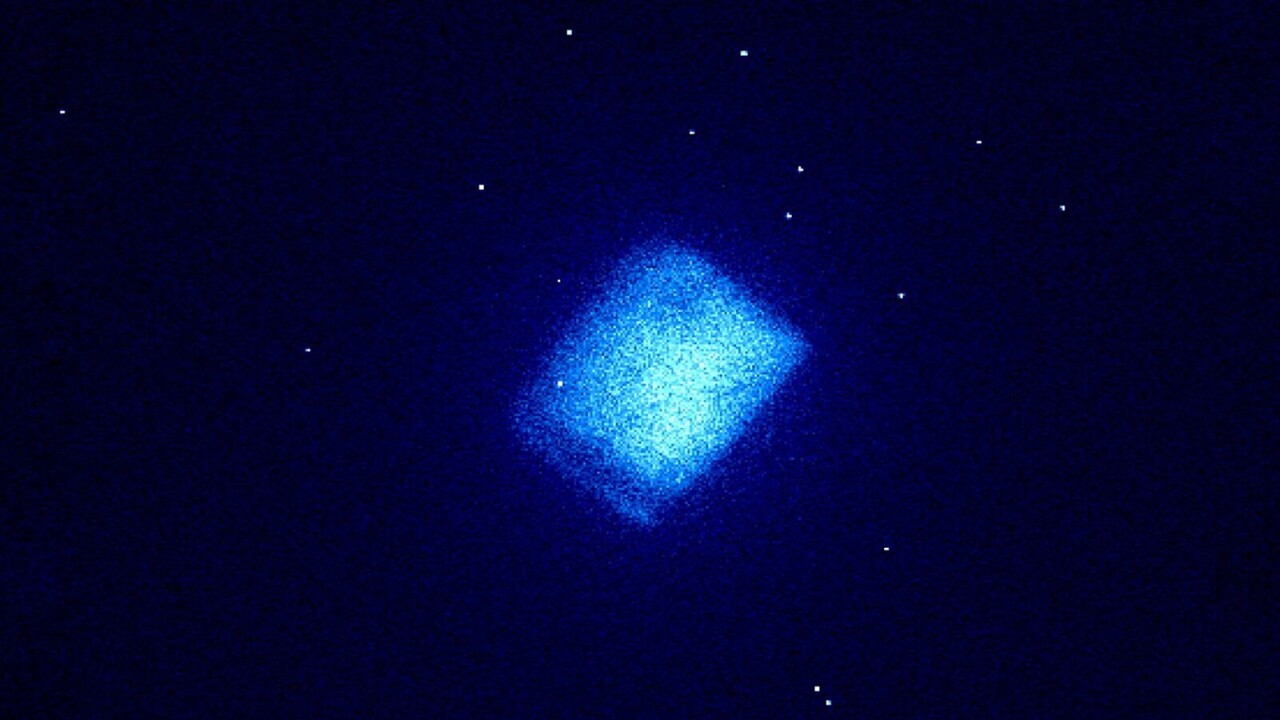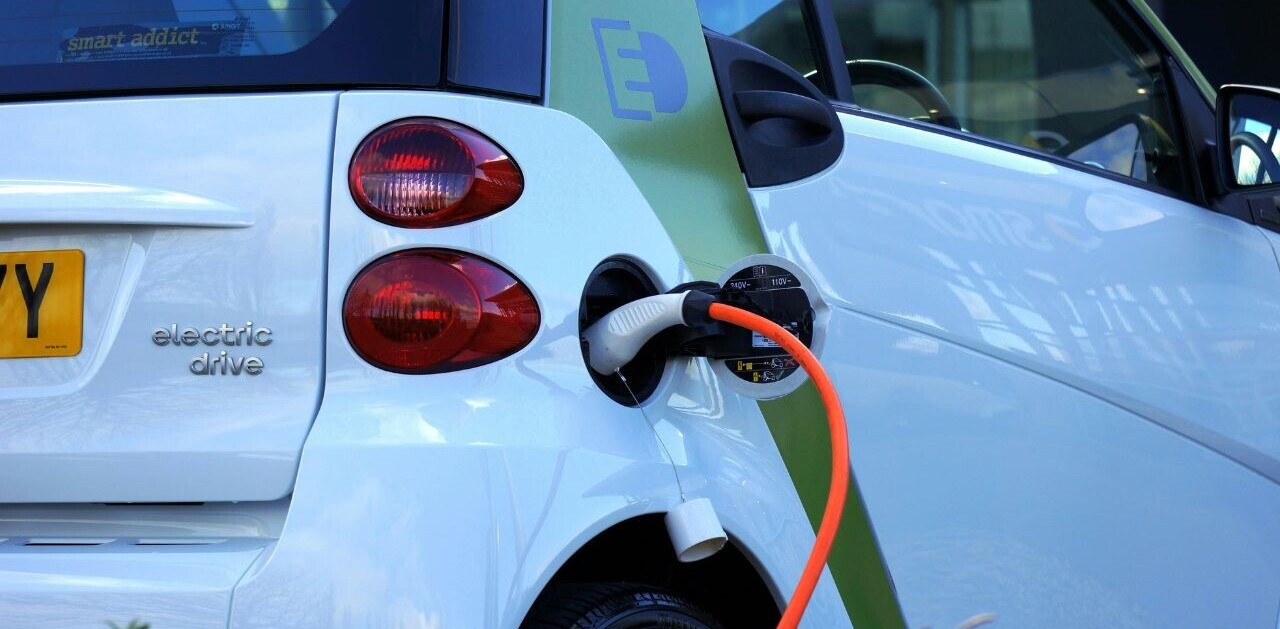
Scientists in the UK have successfully created the world’s first carbon-14 diamond battery, which could power low-energy devices like satellite communication equipment for over 5,000 years.
The battery is made of the radioactive isotope carbon-14, encased in a thin layer of synthetic diamond. As the carbon-14 decays it emits electrons. The diamond acts like a semiconductor, converting these electrons into electricity. Since carbon-14 has a half-life of 5,700 years, scientists expect the battery to last for millennia.
The UK Atomic Energy Authority (UKAEA) and the University of Bristol led the development, partly due to the former’s work on fusion energy. However, the potential applications are wide-ranging.
Diamond batteries could power pacemakers, hearing aids, watches, computer chips — any low-power device in environments where frequent battery replacement isn’t feasible.
Engineers could also use the batteries to power the communication equipment of spacecraft like Voyager 1, the farthest human-made object in space. NASA launched the satellite in 1977 and it is still sending data back to Earth. However, its power is expected to last only until 2036. The computer aboard Voyager 1 is also nuclear-powered, except its battery uses the isotope Plutonium-238, which has a half-life of only 87.7 years. If equipped with a carbon-14 diamond battery, the probe could have communicated its findings back home for thousands of years.

“Diamond batteries offer a safe, sustainable way to provide continuous microwatt levels of power,” said the UKAEA’s Sarah Clark.
Shortwave radiation from the decaying carbon-14 doesn’t pose a risk — it is fully absorbed by the diamond casing, the researchers said. The battery can also be recycled at the end of its life — if anyone is still around by then!
The diamond part of the battery was grown at UKAEA’s Culham Campus near Oxford, using a purpose-built plasma deposition rig. The carbon-14 was extracted from graphite blocks, a readily available byproduct of nuclear fission reactors.
While still early days, Tom Scott, Materials Prof at the University of Bristol, said they were exploring industrial partnerships for potential commercialisation in the future.
Scott led the team that began the first diamond battery experiments back in 2016. He even spun out a company, Arkenlight, off the back of this research.
“The decade ahead is about improving power performance and upscaling production,” said Scott.
Get the TNW newsletter
Get the most important tech news in your inbox each week.





